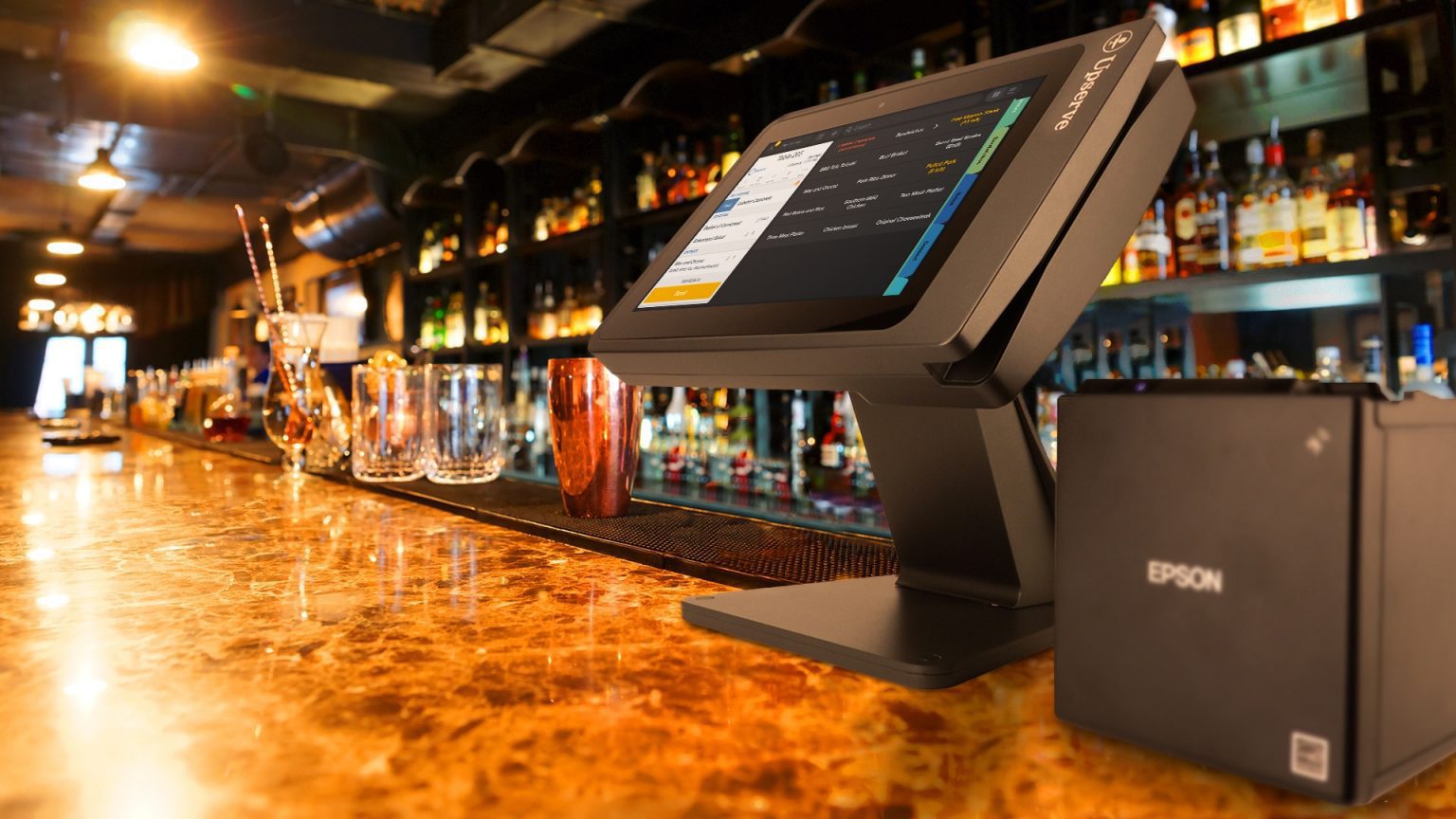Within today's rapidly changing commercial environment, the importance of a dependable and effective point of sale solution cannot be overstated. Since organizations in various industries seek to streamline operations, improve client interactions, and manage inventory more effectively, investing in a modern POS solution has become a critical decision for numerous entrepreneurs. No matter if you're operating a busy restaurant, a retail shop, or an online store, comprehending how a POS system functions and the myriad of advantages it provides can significantly affect your bottom line.
The evolution of POS systems has revolutionized the way companies operate. From traditional cash registers to advanced cloud-based solutions, modern POS systems offer a variety of features customized to satisfy the specific needs of different industries. In the following discussion, we will examine the value assessment of opting for a POS solution, delving into its capabilities, safety aspects, and the comprehensive effect on efficiency and customer satisfaction. Ultimately, we aim to offer a detailed guide that will assist companies decide wisely about their investment in this essential technology.
Understanding POS Systems
A POS solution is a mix of physical equipment and software that businesses use to handle sales transactions. Usually, it includes a device with a touch-screen interface, a barcode scanner, a receipt printer, and at times a cash drawer. The program component manages sales, stock monitoring, client handling, and record-keeping, making it an necessary tool for contemporary companies. It streamlines the entire payment process, allowing for faster and more effective transactions while collecting valuable data that can improve decision-making.
The evolution of Point of Sale solutions has revolutionized how businesses function. At first, traditional cash registers served as the primary transaction tool, mainly noting sales and calculating totals. As tech progressed, POS solutions evolved into sophisticated solutions, boasting cloud computing capabilities that allow businesses to reach their systems remotely. This change provides real-time information analysis, simplifying stock control and giving companies better insights into their sales trends and client choices.
Contemporary Point of Sale systems can considerably improve customer experience across various fields. For retail environments, ease of payments leads to reduced wait times, while restaurants can use features like table management and mobile ordering. The integration of payment handling options, such as contactless payments and mobile wallets, meets consumer preferences and enhances payment security. As businesses adopt these systems, they not only streamline operations but also nurture a more pleasant purchasing experience for their clients.

### Selecting the Ideal POS System
Selecting the right POS system involves grasping the unique needs of your business and the customer experience you desire to create. Commence by evaluating the size of your operation and the industry you are in, as different sectors such as retail, hospitality, and online shopping have unique requirements. Contemplate functionalities that align with your business model, such as inventory oversight for retail or seating arrangement for restaurants. Identifying what essential elements resonate strongly with your operational workflow is crucial.
Then, assess the budget and total cost of ownership associated with the choices available. POS systems can differ from basic setups to complete solutions that include enhanced capabilities like client management and performance metrics. It's essential to factor in not only the starting expense but also continuing fees such as ongoing payments, maintenance, and future enhancements. Look for systems that offer versatility and growability so that your POS can adapt as your business grows, ensuring you cannot outgrow your system too quickly.
Lastly, take into consideration the implementation process and the support provided by the vendor. A reliable POS system should come with robust customer support to assist with installation, training, and troubleshooting. Investigate options that offer comprehensive training resources for your staff, as effective use of the POS can significantly enhance productivity and customer satisfaction. Conducting evaluations or requesting demos can also be highly beneficial in making an informed decision that aligns with your goals and operational needs.
Securing The POS System
To secure the protection of your POS solution, it is essential to adopt effective safeguards against likely cyber threats. Begin by adopting effective security measures such as network barriers, malware protection software, and monitoring tools. Continuously monitor your network for unusual activity and perform frequent safety audits to uncover vulnerabilities. Additionally, maintaining compliance with the Payment Card Industry Data Security Standard (PCI DSS) is crucial for securing customer transaction data and protecting your business from legal liabilities.
Another important aspect of safe POS operations is staff training. try this website that every staff members are knowledgeable about best practices for using the POS solution securely. This entails establishing unique access credentials, avoiding common passwords, and being vigilant about phishing attempts. Consistently updating training materials can assist reinforce the significance of security and educate your team on the newest threats and preventative measures.
Finally, keeping the POS solution updated is crucial for ensuring security. Software updates often include patches for known vulnerabilities, making it essential to stay current. Schedule frequent system updates and effectively communicate the significance of these updates to your team. Additionally, make use of secure configurations and access controls to reduce data exposure, reducing the risk of breaches. By combining these strategies, you can significantly boost the security and robustness of the POS system.
